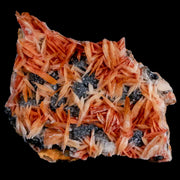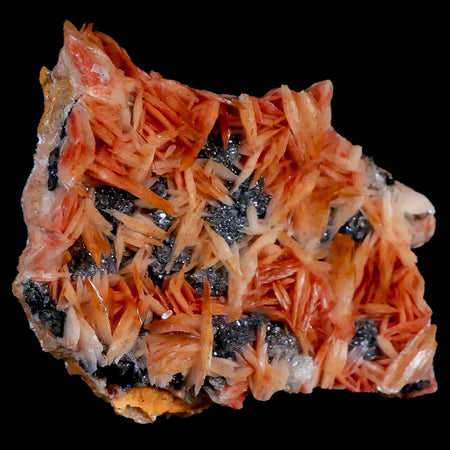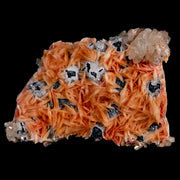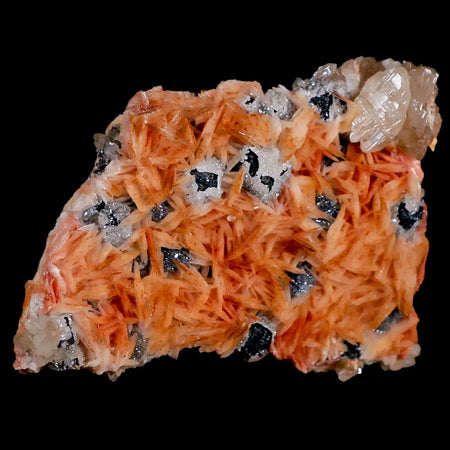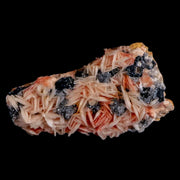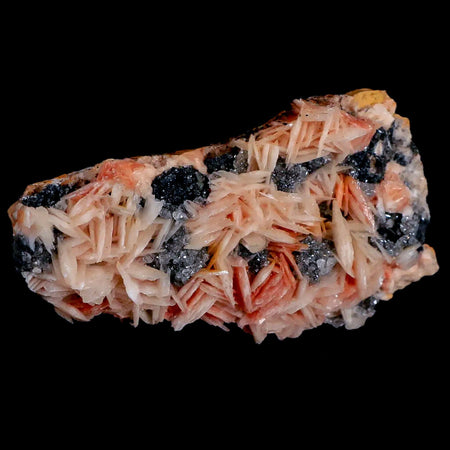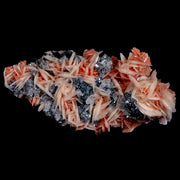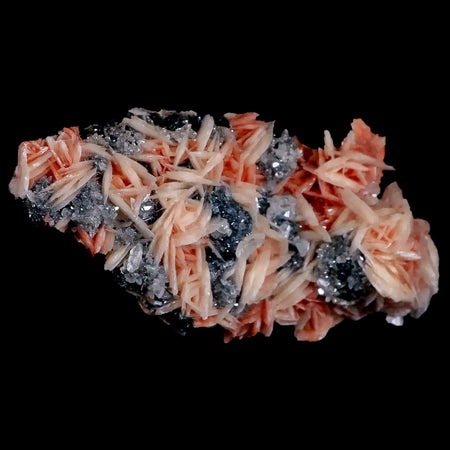3" Mastodon Mammoth Fossilized Bone Hand Carved Mask Java Indonesia
Location: Java, Indonesia
Weight: 5.1 Ounces
Dimensions: 3 Inches Long, 2.4 Inches Wide, 1.1 Inches Thick
The item pictured is the one you will receive.
Pleistocene Epoch 17 Million Years old.
Mastodon fossils are the remains of prehistoric mammals belonging to the genus Mastodon. Mastodons lived during the late Miocene epoch, around 17 million years ago, up until their extinction during the late Pleistocene epoch, around 10,000 years ago.
Fossil discoveries of mastodons have been made across North America, Europe, and Asia. Some of the most famous mastodon fossil sites include the following:
- Hagerman Fossil Beds National Monument, Idaho, USA: This site is known for its well-preserved mastodon fossils, including a nearly complete skeleton of a juvenile mastodon. The Hagerman site dates back to around 12,000 to 14,000 years ago and provides valuable insights into the mastodon’s behavior, diet, and habitat.
- Florida, USA: Mastodon fossils have been found in various locations throughout Florida, particularly in the Miami and Aucilla River areas. These fossils date back to the late Pleistocene epoch and provide evidence of mastodons living in a warmer, more tropical climate than their northern counterparts.
- Gargas Cave, France: In this cave, located in the southwest of France, researchers have discovered mastodon fossils dating back to the Middle Pleistocene epoch, around 300,000 to 400,000 years ago. The presence of mastodons in Europe during this time period suggests that they were more widespread than previously thought.
- Siberia, Russia: Mastodon fossils have been found in the permafrost of Siberia, preserving soft tissues such as skin, hair, and even internal organs. These well-preserved specimens provide valuable information about the mastodon’s anatomy and physiology.
Mastodon fossils have contributed significantly to our understanding of these ancient creatures and their role in the ecosystems they inhabited. By studying these fossils, scientists can learn more about the mastodon’s evolution, behavior, and extinction, as well as the environmental changes that occurred during their existence.










